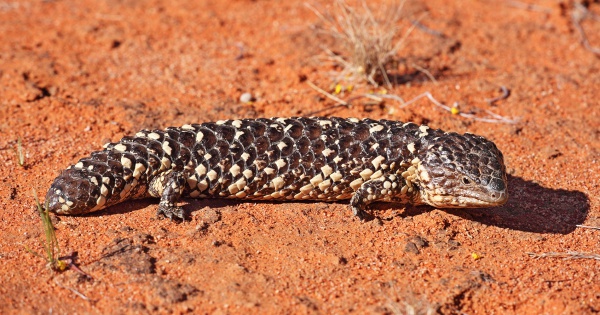Facts About Tiliqua rugosa
The Tiliqua rugosa, commonly known as the shingleback skink or bobtail, is a distinctive blue-tongued skink native to Australia. These lizards are easily identifiable by their slow movement, heavily armored bodies, and short, stumpy tails that closely resemble their heads—a clever defense mechanism to confuse predators. As omnivores, shingleback skinks enjoy a varied diet including snails, insects, carrion, vegetation, and flowers.
Shingleback skinks exhibit a range of colors, from dark brown to cream, and thrive in the arid to semi-arid regions of southern and western Australia. You might spot one basking in the sun along roadsides or in open, cleared areas. There are four recognized subspecies of T. rugosa, each with its own unique distribution across the country.
Due to their calm demeanor and ease of care, shingleback skinks have become popular pets. They can live quite a long time, with some individuals reaching up to 50 years in the wild. These lizards reproduce through viviparity, meaning females give birth to live young—typically one to four at a time. Interestingly, shingleback skinks often form monogamous pairs that stay together long-term and exhibit parental care.
Research into the hearing abilities of T. rugosa has revealed that they are most sensitive to frequencies around 1000 Hz. Their auditory nerves respond to a range of frequencies, with peak sensitivity between 200 Hz and 4.5 kHz.
